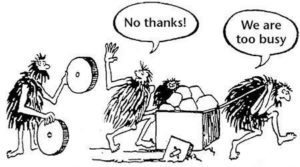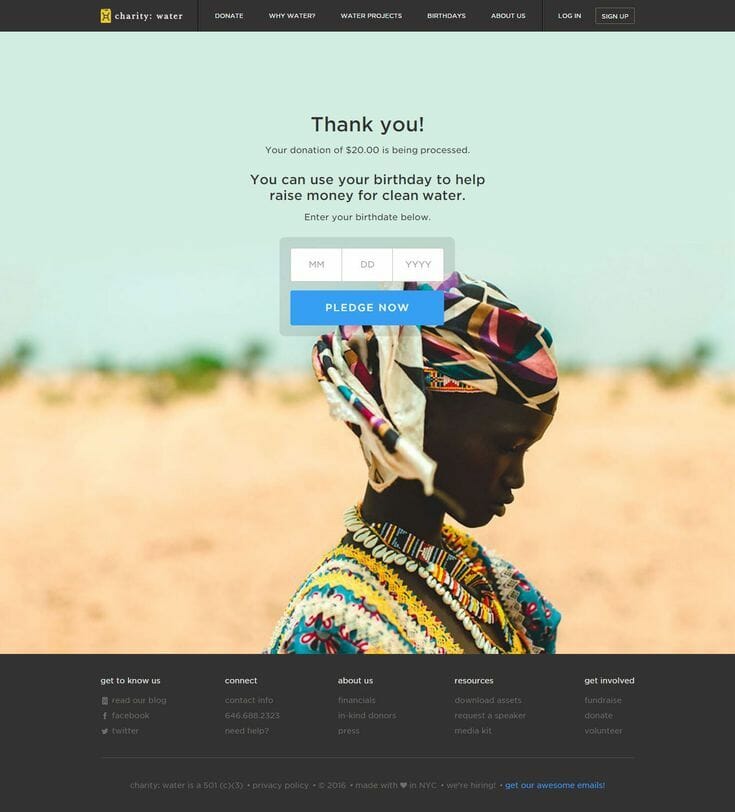Let’s talk about why to segment your mailing list and personalize your appeal letters…even if think you don’t have the time.
Right now, are you sending out the same appeal letters to loyal long-time donors and new prospects? To retirees and college graduates starting their careers? What about people who volunteer at your events and people who show up occasionally?
Do you know whether the person receiving the letter cares about your youth program or your elder services? And do you know enough about them to call them by name?
Nonprofits, we need to send different letters to different audiences--and personalize every one of them. Here are the top five reasons why. Share on X- The personal approach will make more money. People who feel they are making a difference give more than people who feel they’re part of a nameless, faceless crowd.
- Personalization will get more donors to renew. It costs seven times as much to acquire a new donor as it does to treat a current donor well enough that they renew their gift for another year. It’s worth it!
- It’s the Golden Rule. Do you like reading a letter that starts “Dear Friend” and goes on to ignore the issue that made you support your favorite cause in the first place? If you don’t, why would other donors?
- You must be at least as personal as a for-profit business. If my health insurance company can send me a message tailored to me–and I HAVE to buy health insurance–what can I expect from a nonprofit I donate to voluntarily? Surely, you should show you care!
- It’s 2018. Everywhere your donors go online, they see content tailored just for them. That might be welcome. It might be a little creepy. Either way, it’s what they expect. Fall short of that expectation in print, and they may never read the letter you worked so hard to write.


